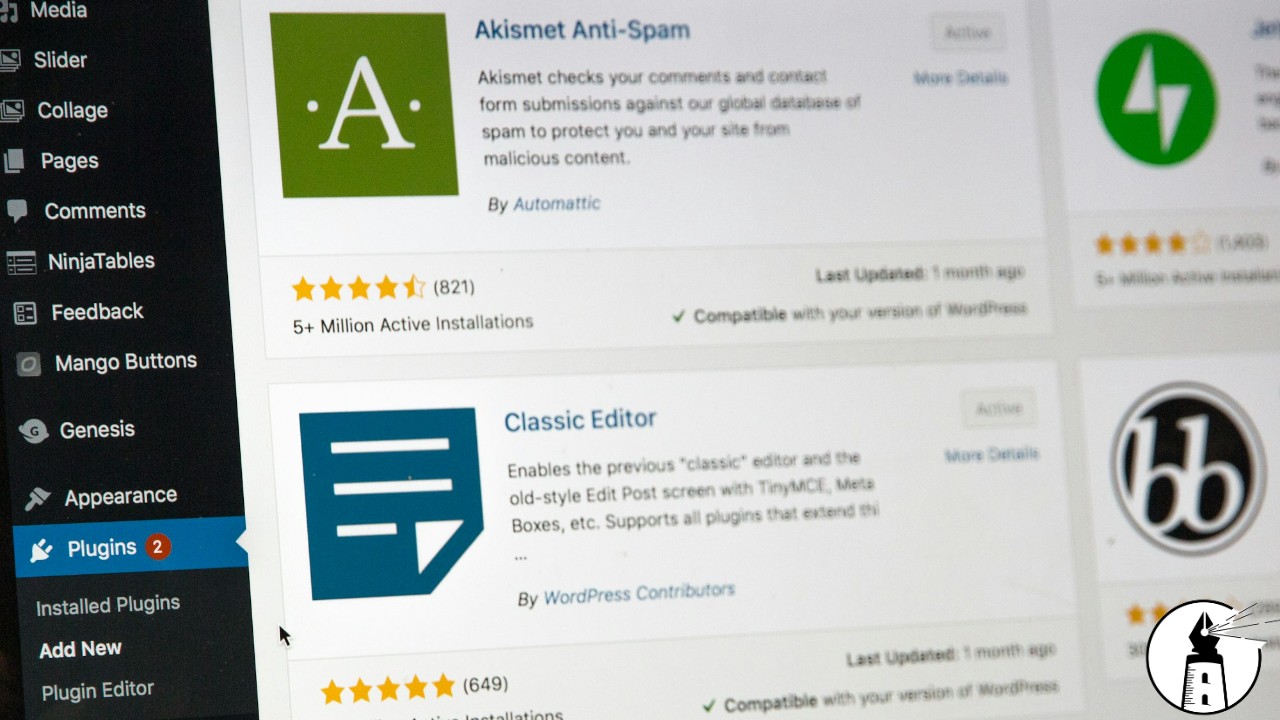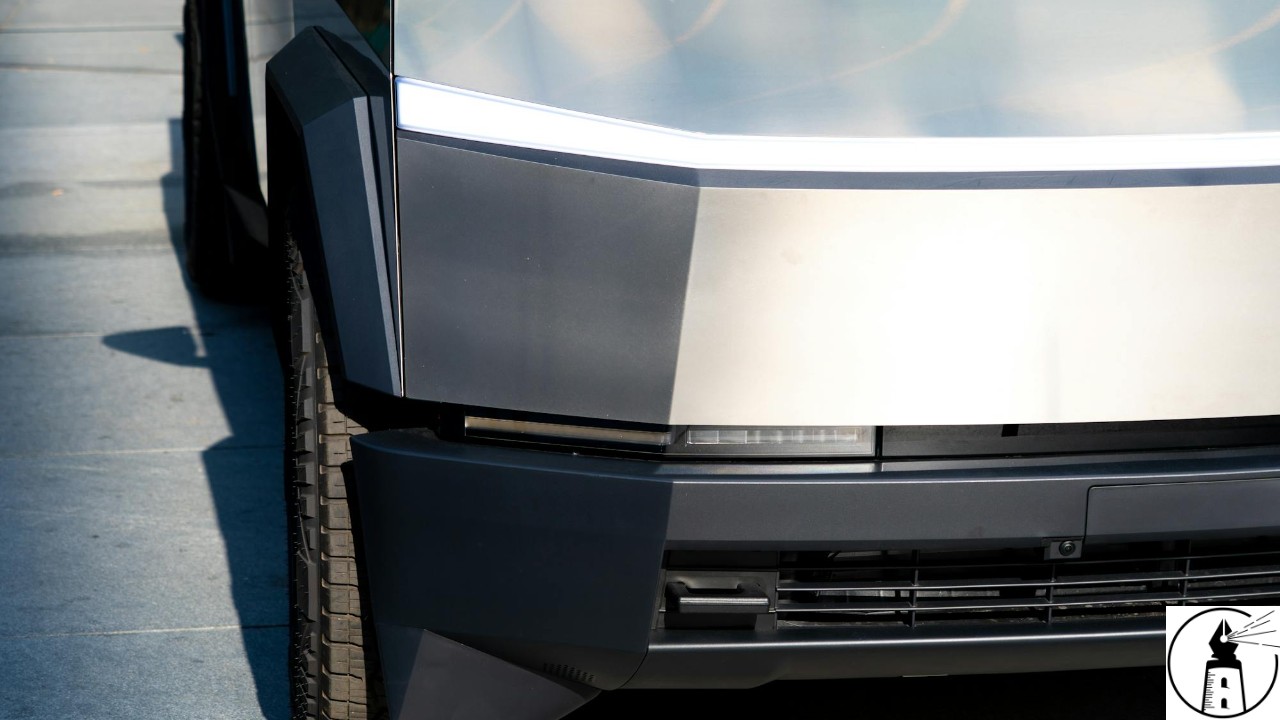WordPress powers over 40% of the internet, a staggering share for a content management system (CMS). With such dominance, one might assume that the platform is unshakable. Yet, recent controversies surrounding WordPress founder and Automattic CEO Matt Mullenweg have exposed cracks that could undermine WordPress’ future. However, even with growing unrest within the community and legal battles in progress, WordPress faces little-to-no real competition in the CMS space, leaving users with few alternatives.
A Perfect Storm of Controversies
WP Engine is a managed hosting provider specializing in WordPress websites, offering optimized infrastructure, security, and performance features for businesses and developers. The ongoing feud between Mullenweg and WP Engine has ignited a firestorm within the WordPress ecosystem. It has gone far beyond a mere disagreement about business practices, escalating into lawsuits, bans, cease-and-desist letters, and public fallout. At the heart of the conflict lies the WordPress trademark and accusations that WP Engine is using the “WP” brand deceptively, confusing customers into thinking it is officially associated with WordPress. Mullenweg even temporarily blocked WP Engine’s access to WordPress resources, causing disruptions and sparking fears among smaller website owners about the stability of the ecosystem.
Critics accuse Automattic of overreaching, abusing control of the WordPress.org infrastructure, and leveraging the platform’s dominance to pressure companies like WP Engine. This tension has opened broader conversations about governance, monopolistic practices, and whether a single company should wield so much power over an open-source ecosystem. Meanwhile, the broader WordPress community feels uneasy. If Automattic can cut off one major player, what’s stopping it from doing the same to others?
Leadership Issues Fueling Uncertainty
These battles come as Mullenweg faces backlash not only from hosting companies but also from his own staff and contributors. The dispute with WP Engine led to the departure of 159 Automattic employees, including key members of the WordPress ecosystem. Meanwhile, the abrupt shift in leadership to Mary Hubbard, a former TikTok governance executive, has raised concerns about the platform’s future direction. As the community processes these changes, many wonder whether Mullenweg’s hands-on, sometimes controversial, approach will continue to alienate developers and businesses.
In parallel, Mullenweg has also been embroiled in public controversies on platforms like Tumblr, another Automattic property, which have drawn more criticism. These distractions, paired with internal tensions, raise serious doubts about whether the WordPress ecosystem can maintain the same stability and momentum it has enjoyed for the past two decades.
The Open-Source Dilemma
The power struggles within WordPress are exposing a key vulnerability: its reliance on a blend of open-source ideals and commercial enterprise. Automattic has built its business on open-source technology but retains significant influence over the ecosystem through trademarks and the WordPress.org infrastructure. This hybrid model, once hailed as a strength, now feels like a liability as tensions grow between Automattic’s commercial interests and the larger community’s desire for openness.
Developers and hosting providers, many of whom rely heavily on WordPress, are now questioning their dependence on a platform that could cut them off at any time. Open-source CMS alternatives like Joomla and Drupal exist, but they lack WordPress’ ease of use, community size, and plugin ecosystem. Developers fear that if Automattic continues to tighten control, it could stifle innovation and push businesses toward alternative technologies, though finding a viable alternative remains a challenge.
No Real Competition
Despite these controversies, WordPress has a significant advantage: no serious competition. The platform remains the de facto choice for anyone building a website, whether for blogging, e-commerce, or business purposes. Alternatives like Joomla and Drupal have dwindled in relevance, and newer platforms, such as Ghost, are niche and tailored toward specific use cases like newsletters.
Enterprise solutions such as Adobe Experience Manager or Sitecore are too expensive and complex for most users. Even platforms like Wix and Squarespace, while user-friendly, lack the customization and flexibility that WordPress provides. WordPress’ massive plugin and theme ecosystem, along with its open-source nature, makes it irreplaceable for many users.
In reality, WordPress’ dominance has allowed it to endure missteps that could have been fatal for other platforms. The community grumbles, but users stay because there simply aren’t better options.
A Future of Both Strength and Fragility
If WordPress is to retain its status as the world’s most popular CMS, Automattic and Mullenweg need to address the growing discontent. The trademark battles and internal disruptions show that the platform’s strength is also its greatest vulnerability: it relies on community buy-in, even as commercial pressures complicate its governance.
For now, WordPress will likely weather these storms. Its user base is too entrenched, and its ecosystem too large for a mass exodus to occur anytime soon. However, continued controversies and fractures in the community could erode trust and open the door for new competitors to gain traction. If Automattic continues down this path unchecked, even a giant like WordPress may find itself vulnerable.
Yet, in the absence of viable competition, it seems the CMS world will remain WordPress’ to lose.
—By Greg Collier



